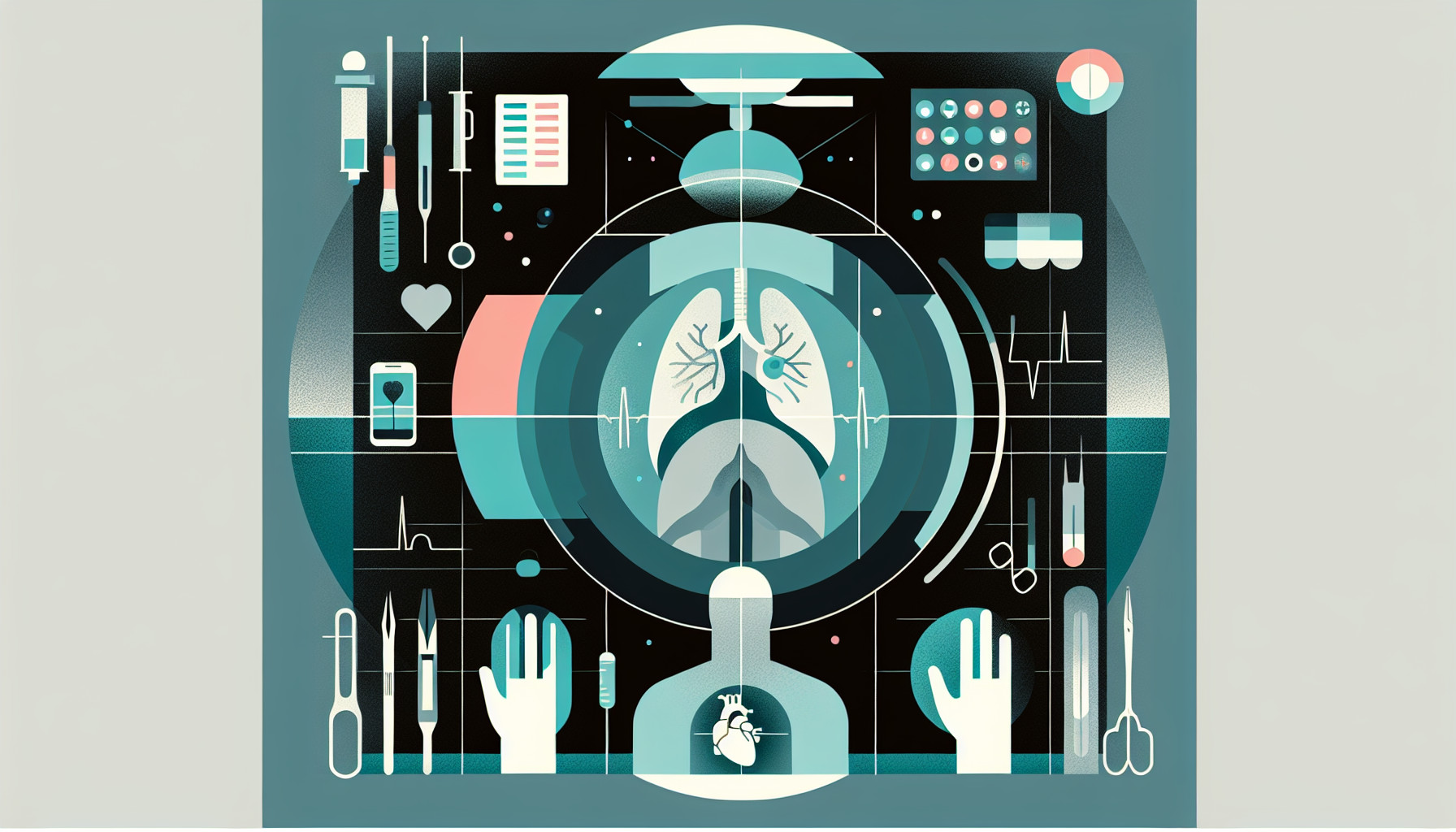Our Summary
This research paper is all about improving the methods of reconstructing the nipple and areola (the darker skin around the nipple) after breast reconstruction surgery. The researchers studied a technique that uses a full-thickness skin graft from the stomach and cartilage from the rib cage, which is then used to form the new nipple and areola. They compared the results of this technique done in one surgical procedure versus a traditional approach where it’s done in separate stages.
The study looked at over a thousand nipple reconstructions, and found that there wasn’t a significant difference in complication rates between the single-stage and traditional staged approaches. However, the single-stage approach had a slightly higher risk of delayed wound healing. Despite this, the researchers concluded that the single-stage approach could still be done safely. They also suggested that it might provide better long-term results, such as a more realistic appearance and feel of the nipple and areola.
FAQs
- What is the main focus of this research paper on nipple reconstruction?
- How does the single-stage approach to nipple reconstruction compare to the traditional staged approach in terms of complication rates?
- What are the potential long-term benefits of the single-stage approach to nipple reconstruction?
Doctor’s Tip
One helpful tip a doctor might tell a patient about nipple reconstruction is to make sure to follow all post-operative care instructions carefully to promote proper healing and minimize the risk of complications. This may include keeping the surgical area clean and dry, avoiding strenuous activities that could strain the surgical site, and attending follow-up appointments with your healthcare provider to monitor your progress. Additionally, it’s important to communicate any concerns or changes in your healing process to your doctor promptly to ensure timely intervention if needed.
Suitable For
Patients who have undergone breast reconstruction surgery, whether due to breast cancer or other reasons, are typically recommended nipple reconstruction. This is because the nipple and areola are important aesthetic features of the breast, and their absence can impact a patient’s self-esteem and body image. Nipple reconstruction can help to restore a sense of normalcy and completeness to the breast.
In particular, patients who have had a mastectomy with nipple-sparing techniques or who have had a skin-sparing mastectomy may be good candidates for nipple reconstruction. These patients may have enough remaining breast tissue to support a reconstructed nipple and areola.
It is important for patients considering nipple reconstruction to discuss their options with their plastic surgeon and weigh the potential risks and benefits of the procedure. Each patient’s individual circumstances, such as their overall health, breast size, and skin quality, will also play a role in determining whether nipple reconstruction is a suitable option for them.
Timeline
Before nipple reconstruction, a patient typically undergoes a mastectomy to remove the breast tissue. This is often followed by breast reconstruction surgery using implants or tissue from another part of the body. Once the breast mound has been reconstructed, the patient may choose to undergo nipple and areola reconstruction to complete the look of the breast.
During nipple reconstruction, the surgeon creates a new nipple using tissue from another part of the body, such as the stomach or thigh. This tissue is shaped into a nipple and then grafted onto the breast mound. The areola is typically tattooed on to create a more natural appearance.
After nipple reconstruction, the patient will have some discomfort and swelling in the area. They will need to follow post-operative care instructions, such as keeping the area clean and dry, and avoiding strenuous activities. Over time, the new nipple and areola will heal and settle into their final shape and appearance.
Overall, nipple reconstruction can help improve the aesthetic results of breast reconstruction surgery and provide patients with a more natural-looking breast appearance.
What to Ask Your Doctor
- What are the potential risks and complications associated with nipple reconstruction using a full-thickness skin graft and rib cartilage?
- How long is the recovery process after nipple reconstruction surgery?
- Will I need to undergo additional surgeries or procedures to achieve the desired results?
- What can I expect in terms of the appearance and feel of the reconstructed nipple and areola?
- How soon after breast reconstruction surgery can I undergo nipple reconstruction?
- Are there any specific factors that may make me a better or worse candidate for this type of nipple reconstruction technique?
- What type of post-operative care and follow-up appointments will be necessary after nipple reconstruction surgery?
- How will the sensation in the reconstructed nipple compare to the sensation in my natural nipple?
- Are there any alternative methods or techniques for nipple reconstruction that I should consider?
- Can you provide me with before and after photos of patients who have undergone nipple reconstruction using this technique?
Reference
Authors: Wolf O, Liu J, Legarda C, Kronowitz SJ. Journal: J Plast Reconstr Aesthet Surg. 2020 Oct;73(10):1871-1878. doi: 10.1016/j.bjps.2020.05.046. Epub 2020 May 25. PMID: 32601013
